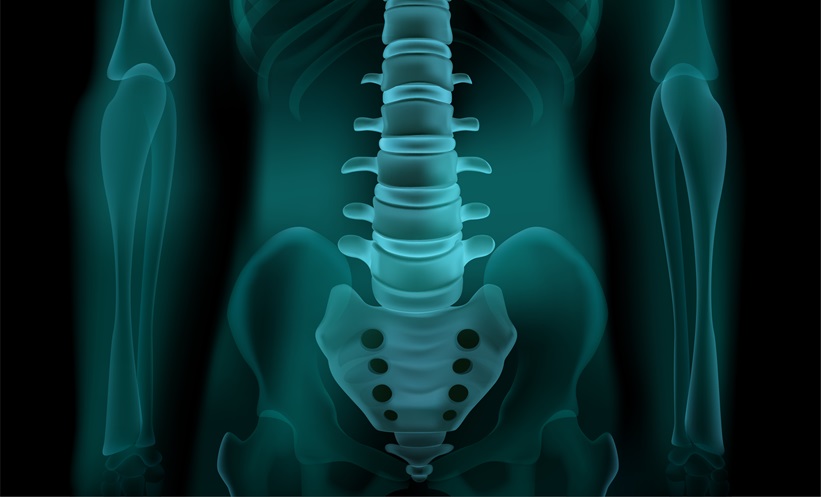NEW RESEARCH presented at the World Congress on Osteoporosis, Osteoarthritis and Musculoskeletal Diseases (WCO IOF-ESCEO) 2024, held in London, UK, focused on the occurrence of hip fracture in different age groups. In a previous meta-analysis of 40 cohorts, led by the same researchers across the UK, Australia, and Sweden, a fall history during the last calendar year had an association with an increased risk of hip fracture occurrence.
In the present study, a group of 460,289 females across 19 cohorts was included. Researchers noted an interaction between the multiplicity of falls compared to no fall occurring in the last year. Subgroups were created based on the age of participants, ranging from 52–92 years. The hazard ratio for hip fracture was much higher for females in younger age groups than in the oldest. Incidence of hip fracture was 3.68 in the 52-year-old group; this fell to 1.03 in the 92-year-old group (p<0.001).
Attributable risk (attributable to the exposure factor), and population attributable risk (PAR; the proportional reduction of disease or mortality, if exposure to the given risk factor was reduced in an ideal exposure scenario) were used. The aims of the study were to determine the PAR for hip fracture with regard to an increased fall risk in females across different ages, and to then compare this to data obtained from those who had experienced a prior fracture. Fall history denoted at least one previous fall in the past year; associated attributable risk was calculated using data from 606,715 females across 32 cohorts. Relative risk was calculated for females in each age division, using a fall in the previous year, two or more falls versus no fall, and previous fracture versus no fracture, as comparisons. PAR of preventable falls was around 25.0% in the 50–54 year cohort, and 14.0% at 70‒74 years; this fell to 3.9% in those aged 90‒94.
Researchers discovered that the likelihood of a hip fracture occurring diminished with age. Lead author Mattias Lorentzon, Sahlgrenska University Hospital, Gothenburg, Sweden, concluded that most hip fractures occur in those aged around 80 years. He commented: “Preventing falls may be a more effective way to reduce hip fracture numbers in younger females,” and went on to say: “Pharmacological treatment of osteoporosis should be the main focus in the prevention of hip fractures in the higher age groups.”








